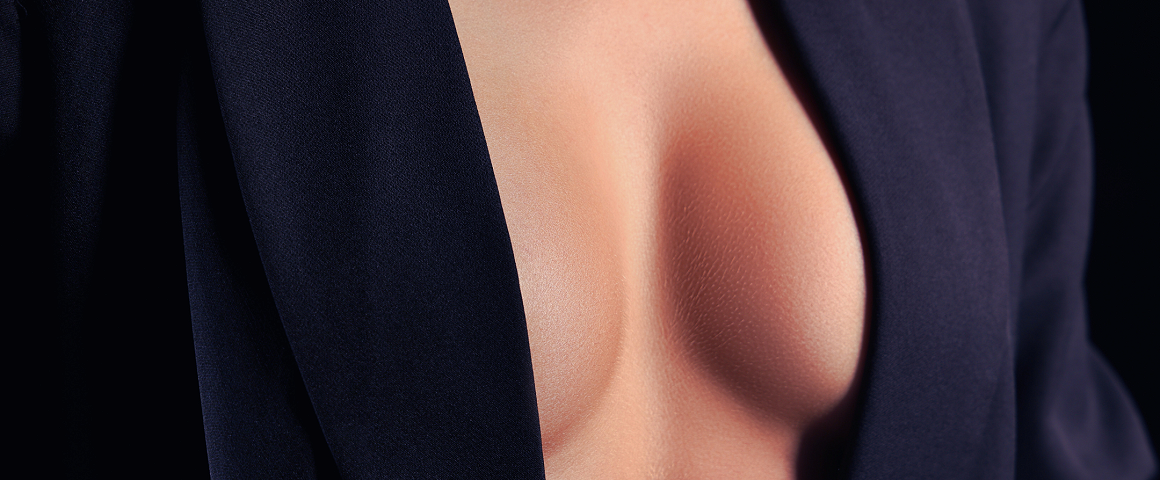
LUPIT pole
Oct 21 - 3 min read


Your body offers data in the quiet laboratory of everyday life. Once a month, please take five minutes to observe and measure it methodically, without alarm. Think of it as fieldwork.
Breast self-check
Choose the same time each month; if you menstruate, pick a few days after your period when tissue is less tender. First, look in a mirror with arms at your sides, then raised overhead, then hands on your hips with a gentle press: note symmetry, new changes in contour, dimpling, skin thickening, redness, scaling, nipple inversion, or any discharge.
Next, palpate. Use the pads of three fingers, not the tips. Apply three pressure levels: light (skin/subcutaneous), medium (mid-tissue), and firm (near chest wall). Map a consistent pattern so you don’t miss areas: circular spirals from the nipple outward, vertical rows (“lawn-mower” pattern), or wedges from the nipple to the outer edge. Cover the rectangle from collarbone to bra line and from sternum to mid-axilla (armpit); include the axillary tail. Many find it easiest in a warm shower (lubrication from water/soap) and again lying down with a pillow under the shoulder and the arm of the examined side behind the head.
Document what is usual for you. Breasts are naturally lumpy; the aim is to change detection. If you notice a new, persistent lump, focal thickening, skin change, nipple discharge (especially bloody, spontaneous, one-sided), or pain that localises and lasts, book a clinical evaluation. Self-checks do not replace professional screening (e.g., mammography/ultrasound as recommended for your age and risk).
-(8).png)
Once monthly, ideally during or after a warm shower when the scrotal skin is relaxed. Inspect for swelling or asymmetry (a mild size difference is normal). Palpate each testicle with both hands—thumbs on top, index and middle fingers underneath—rolling gently. The testicle should feel smooth and firm, without hard lumps. Find the epididymis at the back: a soft, cord-like structure that is normal. Seek care promptly for a hard, painless lump; a feeling of heaviness; persistent ache; swelling; or sudden, severe pain (urgent).
-(10).png)
Gentle, non-painful breast massage can support lymphatic flow (especially with light, skin-level strokes toward the axilla and infraclavicular areas), relieve cyclical tenderness, improve proprioception (your sense of tissue change), and aid relaxation of pectoral fascia after training. Evidence is modest; benefits are mainly comfort and awareness. It is not a cancer screening tool and is never a substitute for clinical exams or imaging. Avoid deep pressure, aggressive techniques, or massage over active infection, open wounds, unexplained acute inflammation, or during/after procedures unless cleared by your clinician.
-(9).png)
This is not about fear; it’s about familiarity. Like a naturalist who knows a landscape well enough to notice when a new species appears, you are learning your baseline so that change stands out quickly, and care can begin early.